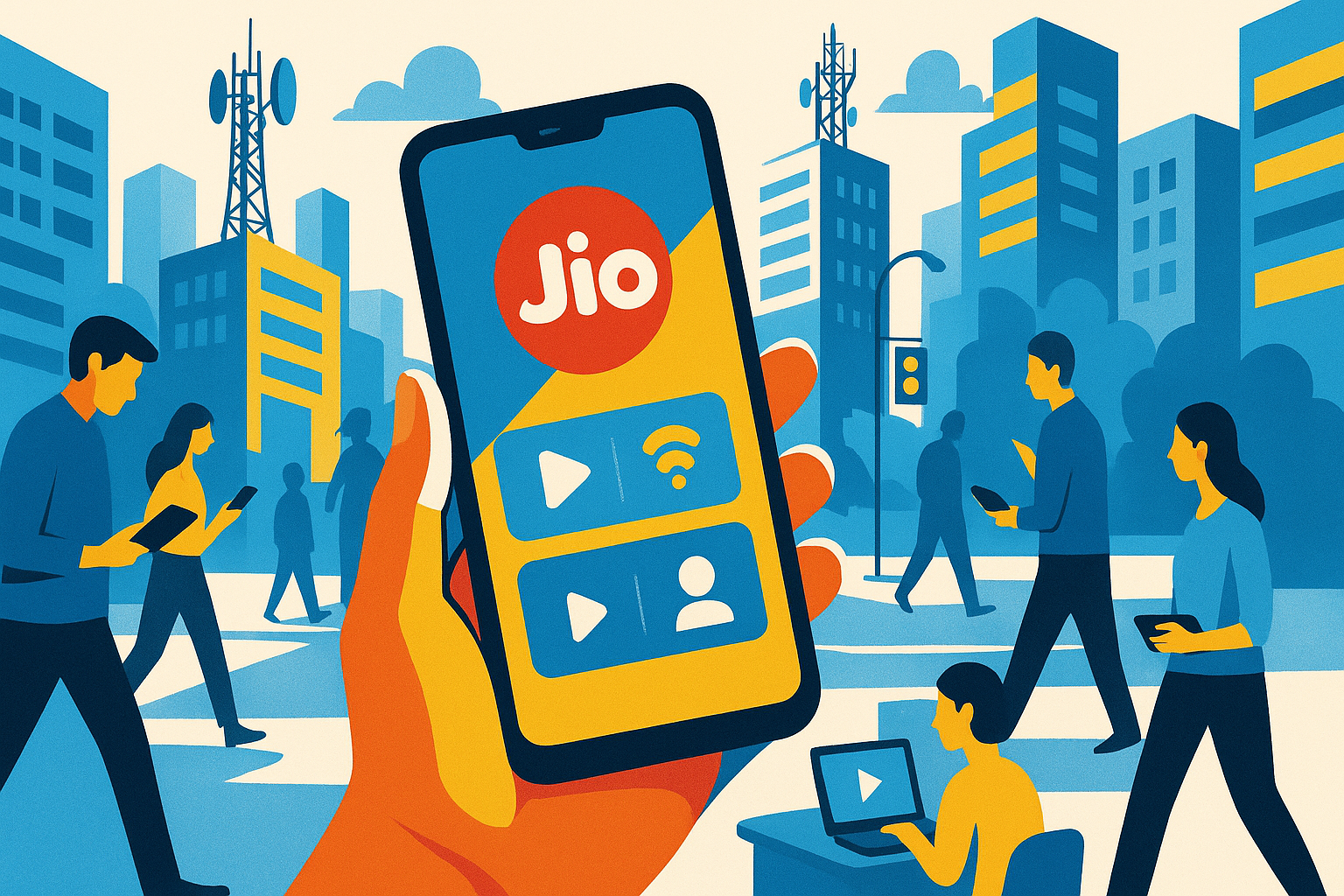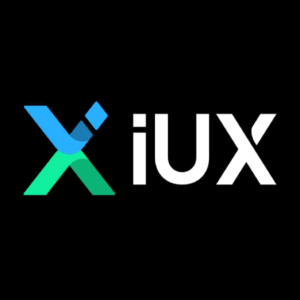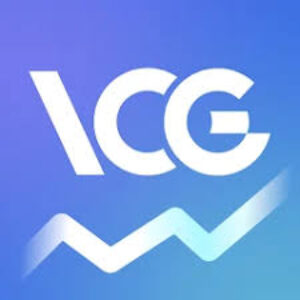
The Indian telecom sector, already one of the fastest growing globally, has added another chapter to its story of rapid change. Two industry leaders, Reliance Jio and Bharti Airtel, recently stepped away from offering their most basic prepaid plans. This calculated decision, closely watched by the Stock Market, speaks volumes about the changing preferences of mobile users, driven predominantly by sweeping 5G adoption and a notable rise in monthly data needs.
Jio has quietly withdrawn its INR 249 ($2.84) prepaid plan—previously popular on online platforms—while remnants of its availability linger in some offline outlets. Airtel, in contrast, has erased its INR 299 ($3.41) basic prepaid option altogether. Both plans featured roughly 1GB of daily data over a 28-day period. Such changes have left many existing users searching for viable alternatives, but the broader context is clear: the demand for limited, entry-level data packs in India is decreasing as users upgrade to richer, premium plans.
Market watchers describe this change as a response to evolving demand for larger, high-value data packs. The ongoing Jio 5G rollout has been particularly influential—users exposed to faster speeds quickly find older plans too restrictive, prompting recalibrated expectations and, incidentally, higher spending.
Consumer Behavior: Reflections in Jio and Airtel’s Plan Choices
When looking at mobile data trends in India, the numbers speak for themselves. Not many years ago, 1GB per day would have satisfied the average smartphone user. Today, streaming via jio hotstar, managing life on the my jio app, and using new models of the reliance jio phone are daily habits for millions. Figures from industry consultancies echo this change: Deloitte anticipates that by December 2025, 5G will reach about 50% penetration nationally, with typical users consuming more than 35GB per month.
Market participants have grown less interested in the limitations of smaller packs. Instead, consumers are selecting plans with higher data caps, often opting for seamless streaming and cloud-based applications—even in rural towns. This transition, while subtle, influences every part of the telecom sector. Providers must regularly reassess their portfolio, often retiring options that served yesterday’s needs.
By moving away from small-data prepaid offers, Jio and Airtel are steering customer preferences toward more premium plans, subtly encouraging upgrades. This shift also aligns with a goal shared by both: raising the average revenue per user (ARPU)—a figure fiercely scrutinized by investors and analysts.
Stock Market Focus: ARPU, Consumption, and What’s Next
Telecom ARPU, a critical performance metric, is firmly in the spotlight. According to the Telecom Regulatory Authority of India (TRAI), telecom ARPU is projected to reach INR 230 ($2.63) per month by the end of 2025. This differs from Crisil Ratings’ estimate of INR 220, but both reports agree on the upward direction. Much of this growth is expected from customers switching to plans that support their new digital habits.
Current forecasts suggest India’s mobile customers will average 31GB–35GB of consumption monthly by the close of 2025, up from around 27GB just a year prior (source: Ericsson, Deloitte). KPMG adds that the subscriber base will approach 1.2 billion, with many drawn to the rapidly growing 5G network. Frost & Sullivan’s research even points to a 15% rise in total telecom revenues in 2025, as both data consumption and overall adoption accelerate.
With 5G reaching almost half the market by March 2026, operators have stronger incentives to offer bundled services—pairing streaming, OTT, and broadband with core mobile offerings.
Quarterly Market Snapshot: Subscribers & Revenue at a Glance
| Operator | Subscribers (millions) | 5G Subscribers (millions) | ARPU (INR) | ARPU (USD) |
|---|---|---|---|---|
| Reliance Jio | 498 | 213 | 208.7 | $2.38 |
| Airtel | 363 | 153 | 250 | $2.85 |
The withdrawal of basic prepaid plans by Jio is best understood as an attempt to gently close the ARPU gap with Airtel, which leads with higher figures. The race for premium users often resembles a slow-moving chess match, with each operator responding to moves in pricing, bundling, or device strategy. Such maneuvers attract attention from both retail and institutional investors.
Jio 5G, Digital Services, and New Patterns in Telecom
As 5G networks spread, jio 5g and its family of offerings—from the budget-friendly jio phone lineup to streaming favorites like jio hotstar—sit at the heart of evolving consumer routines. The my jio app has expanded far beyond simple recharges; today, it is a critical link for managing telecom accounts, payments, and entertainment subscriptions.
Investor interest is tied not simply to overall user numbers, but also to how well companies like Jio build integrated digital ecosystems. When a customer buys a jio smartphone or signs up for jio broadband, they are more likely to engage with other digital products in the Jio stable—including the widely searched jio app suite or jio wifi dongle for portable internet.
Insights from Daily Telecom Use and Its Broader Implications
The journey from budget data plans to higher-end packs is deeply personal for many users. One urban shop owner in Pune, switching to a 5G-enabled jio phone, recalled initially resisting bigger top-up plans. But as his family’s streaming and video call needs grew, the daily cap vanished in hours, pushing the household to larger packs. This narrative, echoed in other families countrywide, hints at the direction of the industry.
The ecosystem available via my jio and the myjio app adds another dimension—customers appreciate simplified management and are nudged to explore premium plans. Thanks to affordable models like the reliance jio phone and frequent offers (such as the jio phone exchange offer), the gateway to cloud storage, video streaming, and social media remains wide, even for first-time users.
The Stock Market’s Perspective and Investment Angle
For those watching Stock Market signals, the trend is clear. Skyrocketing data needs, a subtle shift to higher-value plans, and greater 5G penetration are all welcome news for telecom valuations. Investment analysts are likely to focus on how new strategic moves, such as price increases or innovative bundled launches, change the competitive balance between Jio and Airtel. These movements have ripple effects in adjacent sectors—affordable jio smartphone launches impact device makers, while increased broadband usage creates demand for jio broadband connection, jio wifi, and even jio dth services.
Forecasting What’s Ahead
Looking to the next 12–18 months, analysts see momentum staying with Jio and Airtel as long as consumers continue to migrate to richer digital experiences. Industry studies (Ericsson, Deloitte, KPMG) all suggest higher ARPU in the near term, connected closely to the deployment of 5G and the introduction of fresh, bundled packages—streaming plus telecom, high-capacity broadband, and smartphone discounts through platforms like myjio.com and the my jio app.
Expect telecom operators to keep experimenting with new combinations—some aimed at families, others at heavy streamers or work-from-home users. Such strategies are not unlike adding new features to popular apps, listening for feedback, and adjusting the formula again.
Key Takeaways: Stock Market and Telecom in 2025
- Basic prepaid plans are being pulled as both Jio and Airtel see bigger opportunities in higher-value data packages.
- 5G adoption is accelerating (forecast 45–50% by March 2026), raising average data consumption substantially—35GB per month on average according to Deloitte.
- Devices like the reliance jio phone and content on jio hotstar fuel these habits, while digital interfaces such as the my jio app keep users engaged and upgrading.
- Jio (498 million) and Airtel (363 million) remain the main telecom players, with annual revenue growth of 15% for the sector possible (Frost & Sullivan, 2025).
- Stock market observers tend to favor telecom as an investment, as both operators drive up ARPU and deepen ecosystem attachment.
Final Thoughts: What the Shift Means for Market Participants
The moves by Reliance Jio and Bharti Airtel mark a pivotal phase for Indian telecom—a decisive tilt toward premiumization. Investors watching these telecom titans will likely continue eyeing strategies meant to grow digital spending and expand reach via devices, apps, and connected products. With the joint backing of growing data consumption and advanced 5G networks, both jio and Airtel are poised to keep setting new benchmarks—especially for ARPU and subscriber engagement.
For users, whether relying on a basic jio phone or seeking the full spectrum of digital content via jio hotstar and the my jio app, the shift is tangible. What was once a market for minimal data now increasingly speaks the language of streaming, smart devices, and integrated services. Both telecom and stock market participants would do well to keep an eye on how user habits, pricing changes, and new product launches shape the road ahead.

















